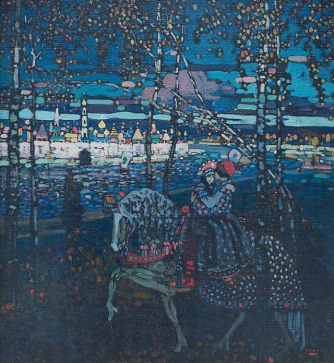Details
Cadogan Hall
5 Sloane Terrace
Sloane Square, Belgravia
London
SW1X 9DQ
England
Programme
Igor Stravinsky – Agon (ballet)
~ Interval ~
Sergei Rachmaninov – Symphony no.2 in E minor, Op.27
Performers
Paul Hoskins – Conductor
Kensington Symphony Orchestra
Other concerts in this Series (+)
Programme Note
One of the composer’s most popular works, Rachmaninov’s Second Symphony (1906-07) was written during his three-year stay in Dresden, away from the political tumult in Russia that would lead to revolution. After revising his drafts extensively, Rachmaninov conducted the premiere in 1908 to widespread acclaim, restoring the confidence that had been shattered by the hostile reaction to his First Symphony nine years earlier.
Lasting around 60 minutes, the work is a formidable piece, opening with a dramatic first movement and a vigorous but lyrical scherzo. The critic Alfred J. Swan notes that, at a time when composers were ‘preoccupied with tone colours, Rachmaninov’s genius manifested itself in the shaping of renewed melodic form’, and nowhere is this more apparent than in the famous Adagio, with its beautiful melody for violins and solo clarinet. The work concludes with an exultant, radiant finale.
The orchestra also performs Stravinsky’s ballet Agon (1953-57) – a Greek word meaning “contest” but also “anguish”. Its long gestation period encompassed the composer’s shift in musical style, so the piece both reflects his diatonic idiom and introduces his 12-tone technique.
The work is a series of dance movements, some based on 17th-century French court dances such as the sarabande.

 Your events at Classical Events
Your events at Classical Events

